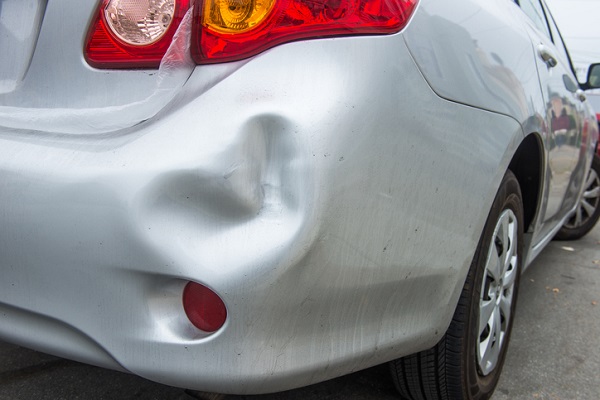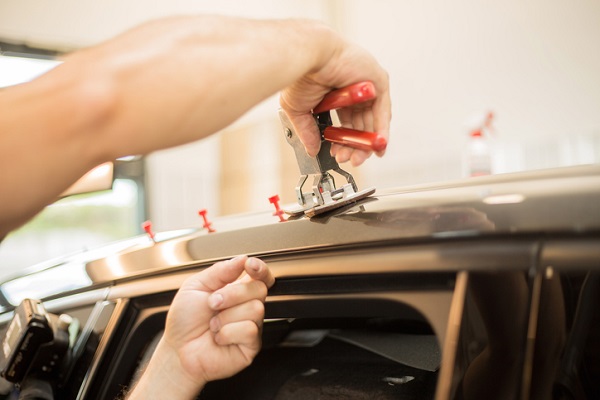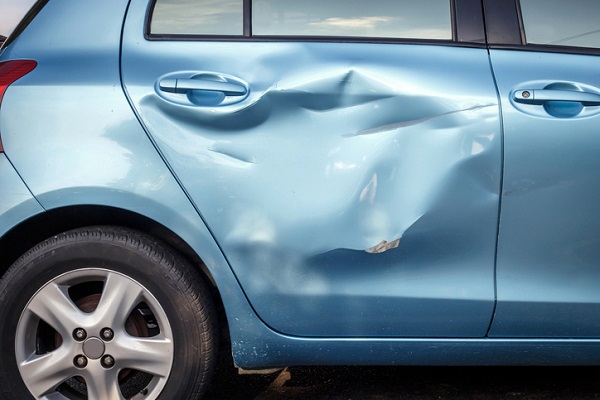Interested in Becoming an Auto Body Technician? Discover the Does and Don’ts of Damaged Door Repair!

For new auto body technicians, knowing how to best go about performing damaged door repairs, as well as common mistakes to avoid, can lead to a highly successful career. Read on to learn more!
Sanding and Filling for Minor Dent Repairs on Car Doors
Sanding and filling is one of the reliable and basic ways of repairing minor dents on a car door as an auto body technician. You’ll need to get your hands on a cordless drill and a putty knife, as well as reliable sandpaper and auto body filler before conducting this repair.
The first thing a professional auto body technician will do is use a cordless power drill fitted with a wire wheel head to remove some of the paint around the impacted area. New auto body technicians should be cautious not to remove paint unnecessarily, limiting the area to a just a couple of inches from the dent. Once that’s done, it’s time to start carefully sanding down the area with some sandpaper to get rid of any leftover paint residue before you apply the auto body filler. Students in auto body repair courses may already know that auto body filler needs to be mixed with hardener before it can be used, otherwise it will never dry.
Paintless Dent Repair Is a Great Technique Pros with Auto Body Technician Training Use
Now here’s a superb technique that grads with auto body technician training can use to get shallow dents out of a car door without troubling the client to get it repainted. Rather than covering up the problem, paintless dent repair addresses the dent and pops it right out—no painting required! First, start by determining if paintless dent repair is even possible, as it tends to not work very well on dents with sharp creases or those near edges.
Some paintless dent repairs are performed by separating the interior skin of a door from its outer panel, and hammering or pushing out the dent with a metal rod or pick carefully from behind. Many experienced auto body technicians may use a florescent or LED light to see the shadow cast by the dent, which can help them to manipulate the dent more precisely. There are other less invasive ways that a professional auto body technician can opt for, such as using a dent puller tool that’s great for stainless steel and plastic exteriors.

Grads of Auto Body Repair Courses Should Be Extra Careful When Removing Doors
Not all dents and damages are created equal and, every so often, professional auto body technicians will need to remove and replace the entire door. That might sound like a simple procedure, but it’s more than just removing a few bolts and screws. New auto body technicians need to be wary of the delicate electrical wires common in newer cars with automatic locking systems, as they connect to the vehicle’s computer. Whenever replacing a car door, start by sliding back the rubber tube that protects the wires. Then, remove the connector, and be sure to wear protective gloves!

You’ll learn the ins and outs of repairs like these after becoming an auto body technician!
Contact Automotive Training Centres for more details!

